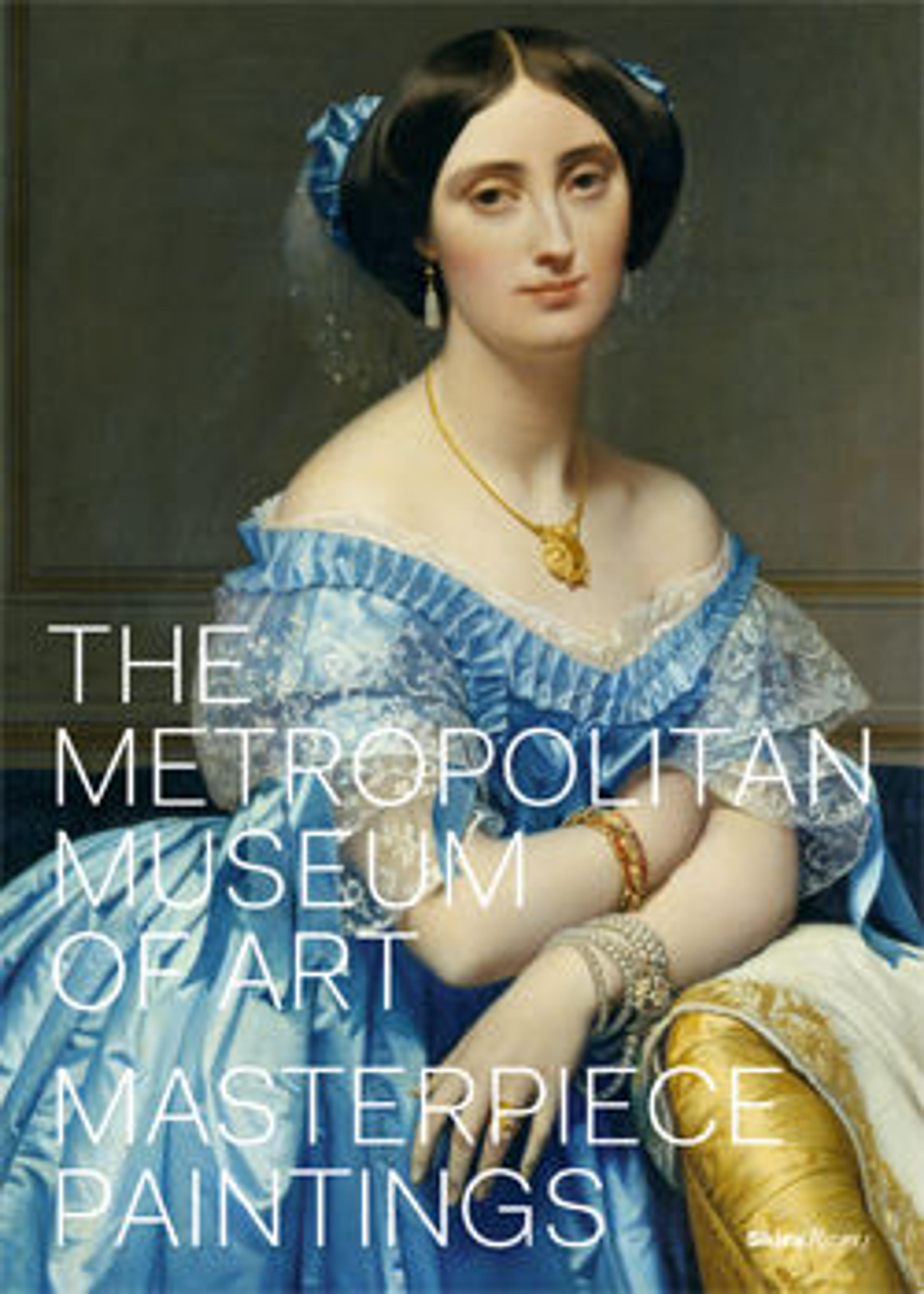The Rebellions of the Hōgen and Heiji Eras
The Hōgen Rebellion, which occurred in central Kyoto in 1156, involved a dispute over imperial succession. Although it lasted only a few hours, this skirmish and the Heiji Rebellion of 1160 had far-reaching sociopolitical consequences, marking the close of the peaceful Heian period (794–1185) and the rise of the samurai class. These screens, depicting the Hōgen incident on the right and the Heiji on the left, illustrate some of the battles that terrified Kyoto citizenry. Nobles in mansions, warriors in the streets, courtiers in ox-drawn carriages, and samurai on horseback witness the chaos, set against a bird’s-eye view of the city’s verdant hills, rivers, shrines, and temples. This is one of the earliest-known examples of a combined Hōgen-Heiji painting in large-screen format.
Artwork Details
- 保元平治合戦図屏風
- Title: The Rebellions of the Hōgen and Heiji Eras
- Period: Edo period (1615–1868)
- Date: 17th century
- Culture: Japan
- Medium: Pair of six-panel folding screens; ink, color, gold, and gold leaf on paper
- Dimensions: Image (each screen): 60 15/16 in. × 11 ft. 8 in. (154.8 × 355.6 cm)
- Classification: Paintings
- Credit Line: Rogers Fund, 1957
- Object Number: 57.156.4, .5
- Curatorial Department: Asian Art
Audio
8930. The Battles of the Hōgen and Heiji Eras
0:00
0:00
We're sorry, the transcript for this audio track is not available at this time. Please email info@metmuseum.org to request a transcript for this track.
Listen to more about this artwork
More Artwork
Research Resources
The Met provides unparalleled resources for research and welcomes an international community of students and scholars. The Met's Open Access API is where creators and researchers can connect to the The Met collection. Open Access data and public domain images are available for unrestricted commercial and noncommercial use without permission or fee.
To request images under copyright and other restrictions, please use this Image Request form.
Feedback
We continue to research and examine historical and cultural context for objects in The Met collection. If you have comments or questions about this object record, please contact us using the form below. The Museum looks forward to receiving your comments.
